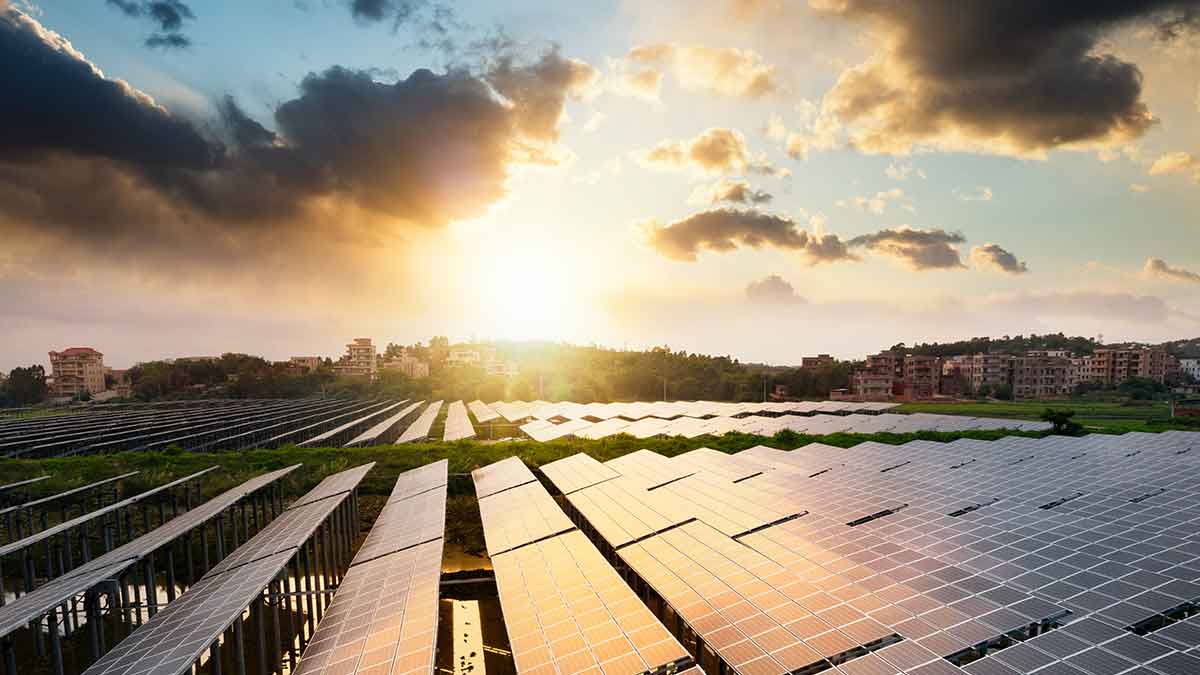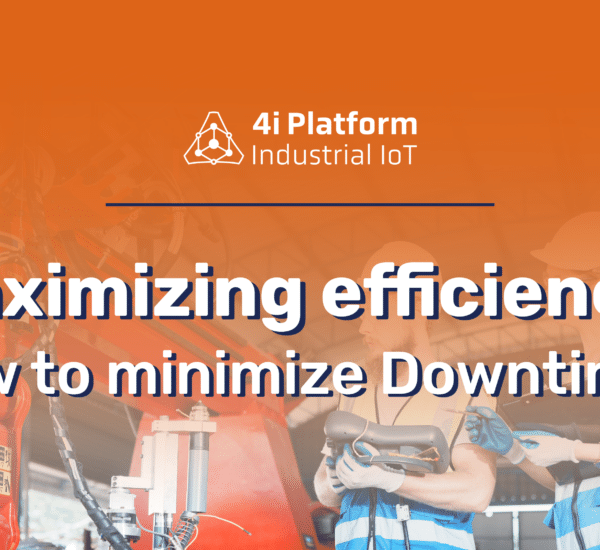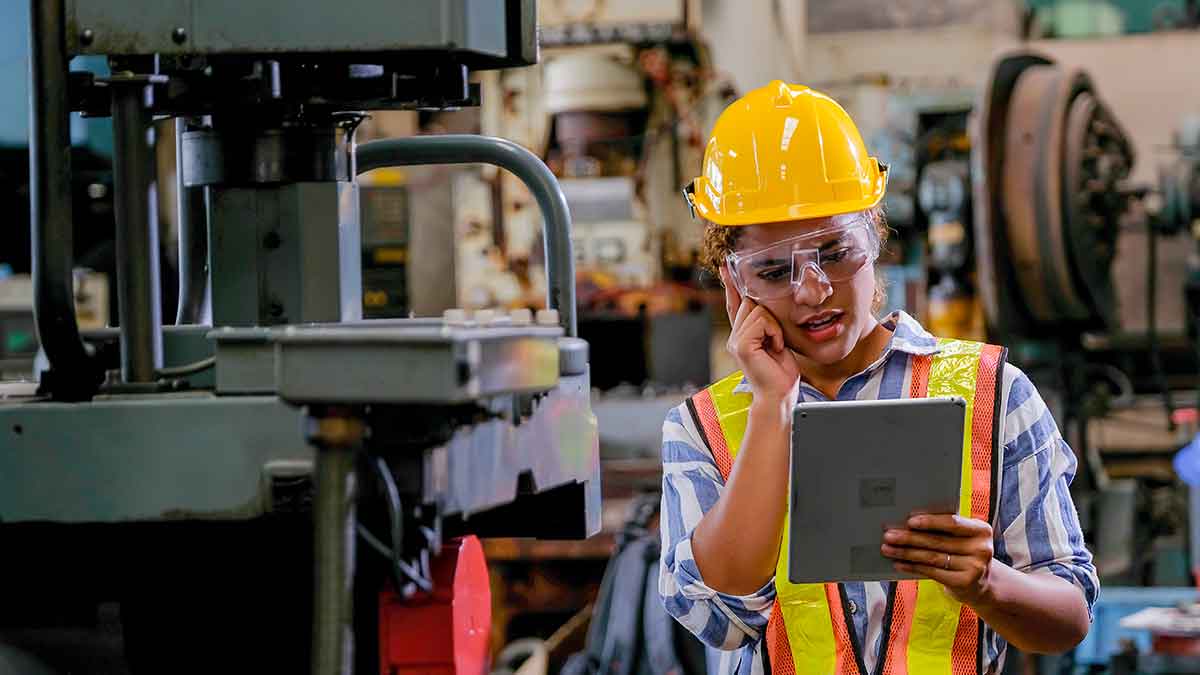Solar power is a much promising option as the world is steadily shifting to sustainable energy. Since the sun produces enough energy to power all devices on the planet, the distributed solar power market will grow by $51.07 million between 2020-2024. While investing in solar grids is an amazing way to meet the world’s increasing energy demand, a variety of people find it prohibitive to invest in IoT solar energy monitoring systems.
Off-grid systems are especially difficult to access as they are often located in remote areas. Remote solar power monitoring using IoT is important for solar power plants.
IoT and Solar Energy Monitoring Systems: the Value
Remote monitoring allows solar companies to remotely assess and evaluate the performance and to identify problems when the system is not performing at its best.
A proper IoT-based solar panel monitoring system is necessary to ensure that a solar power station operates as it should. The plant can lose power due to damage, constant rainfall, prominent levels of pollution, vandalism, and other factors. Remote solar power monitoring systems using IoT are necessary because physical monitoring tends to be difficult.
These Systems Allow Organizations to:
- View performance parameters and make suggestions to improve settings.
- Troubleshoot problems, update firmware and customize programs on-site or remotely.
- Receive a notification if there are any issues and remotely activate a solution or signal the need for physical inspection.
- Reduce costs by having physical monitoring available 24/7, while still ensuring optimal performance.
- Optimize energy use while reducing waste and analyze both energy consumption and power generation.
- Monitor the operation of all components of solar equipment and check that they are in good condition.
These Systems Give Organizations an Ability to:
- Get instant and interactive access to key performance indicators in real time and accelerate alignment with a company’s business goals.
- Use historical plant data performance insights to make complex business decisions immediately.
- View the energy information for all solar grids from any device, anytime and anywhere.
- Gain transparent, real-time visibility to key indicators of solar assets, such as performance degradation, downtime, and health management.
- Receive real-time updates about key events at solar power plants and gain operational and financial insights.
The IoT Solar Power Monitoring System Challenges
There is a need for infrastructure in order to produce maximum energy from solar power plants.
And while an IoT solar power monitoring system has several benefits, it is not able to maximize long-term performance. So, the challenges it poses are as follows:
- Internet connectivity problems when monitoring solar plants from remote locations.
- A large amount of data generated from multiple sources when monitoring distributed assets all day long.
- Remote inspection and maintenance of plant equipment without the right tools and strategies.
- Failure to prevent breakdowns which can lead to huge energy yield losses.
- Inefficient forecasts or plans which can be caused by inefficient reports and plans that are based on manual and ad-hoc performance reporting of assets, and PEM warranty claims.
- Continuous performance evaluation and problem detection.
- Management of spare parts, inventory, and a multitude of plant activities.
- A lack of visibility and reporting capabilities which can cause inefficient asset utilization. This can result in uncontrollable and unplanned asset downtime.
- No transparency about the performance or health of plant assets which can cause to make decisions based on intuition or weak evidence. This can lead to poor resource planning, missed SLAs, revenue loss, and inefficient resource planning.
The Answer
Remote monitoring of solar plants is possible with the proper solution. Investing in a powerful and IoT-based analytical solution for solar panel monitoring can aid energy companies in making informed decisions about O & M as well as Asset Management.
The cloud-based analytics and solar panels monitoring using IoT solutions can enable intelligent digitization and real-time transparency when powered by Digital Twin technology.
These insights allow proactive and predictive maintenance choices to be made more efficiently while optimizing asset utilization 24/7.
Companies can also reduce downtime by integrating the solutions to IoT devices. This is possible through predictive maintenance and dynamic alerts. This analysis can help with benchmarking, performance estimation, and plant performance insights. These insights can help to identify faults, performance degradation, and warranty management.





